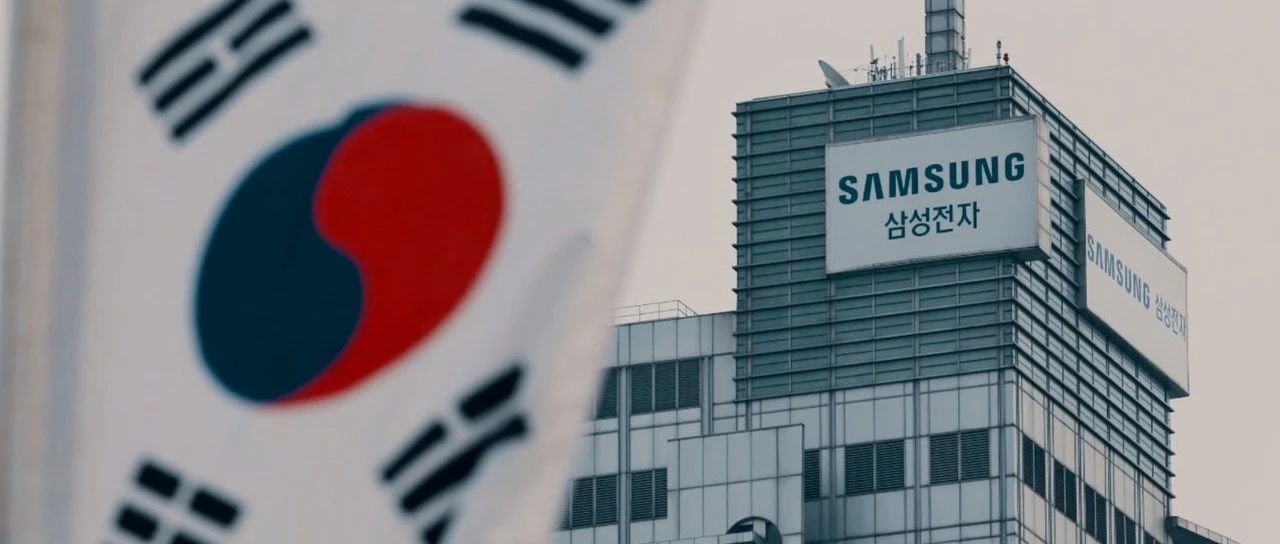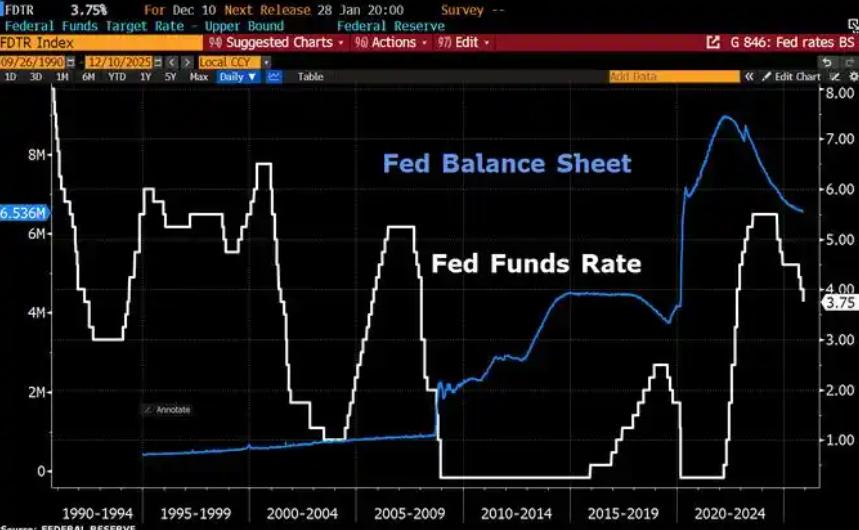
In the economic landscape of South Korea, the semiconductor industry has always been the "stabilizing anchor". However, the latest data reported by Yonhap News Agency and other media on the 17th once again lifted the veil of irony on this reality: Although the overall profits of South Korea's top 500 companies managed to increase in the first half of the year, they were almost entirely dependent on one company - SK Hynix. If the book profits of this semiconductor giant are excluded, the overall profits of the remaining enterprises not only failed to increase but also decreased by 1.7% year-on-year. In other words, the so-called "profit growth" of South Korean enterprises as a whole is more like an illusory prosperity, an illusion sustained by a single pillar.
South Korea's large enterprise system has long relied on the global competitiveness of a few major chaebols. However, in the current context where the dividends of manufacturing globalization are gradually fading and the external market environment is deteriorating, this structural single dependence has become particularly fragile. The pillar industries that once supported the "Korean Wave economy", such as automobiles, chemicals, shipbuilding and home appliances, now seem powerless in international competition. The pace of the new energy transition is slow, the marginal advantage of consumer electronics has dissipated, and the price pressure brought about by the contraction of global demand has further compressed the profit margin. Only the rebound of semiconductors, especially SK Hynix in the high-end memory chip market, has made the entire statistics look "decent". This kind of dignity, however, is highly uneven, just like a tottering building that is struggling to be sustained by a single pillar.
The inducing causes are not complicated. On the one hand, South Korea's industrial diversification strategy has long been stagnant. Due to the deeply-rooted structure of chaebols, small and medium-sized enterprises have limited survival space in the industrial chain, and their innovation capabilities and market shares are seriously insufficient. This leads to an imbalance in the profits of large enterprises. Once there is a fluctuation, the entire economy will fall into resonance. On the other hand, the global economic recovery is uneven. The high interest rate policies in the United States and Europe have curbed demand. The growth of the Chinese market has slowed down. Coupled with geopolitical frictions, South Korea's traditional export industry has suffered a heavy blow. The fluctuations in energy prices and raw material prices have further eroded corporate profits. Under this double squeeze, almost no South Korean enterprises except those in the semiconductor industry have been spared.
This structural predicament is not merely a problem of South Korea. As an important supply chain node in Northeast Asia, the operational difficulties of enterprises in South Korea imply the spillover of regional economic risks. The first is the chain reaction in China and Southeast Asia. South Korea exports a large amount of components and intermediate products. If it were not for the semiconductor industry, the overall export momentum would weaken, which would directly drag down the industrial chain operation of neighboring countries. Secondly, for Japan, the weakness of South Korea means a reduction in demand for cooperation on key components and materials, and Japanese enterprises will also be affected. A deeper hidden danger lies in the fact that the sluggish profits of South Korean enterprises will lead to a contraction in investment expenditure and R&D investment. This not only reduces their future competitiveness but may also exacerbate the differentiation and instability of the global technology industry.
Ironically, once South Korea falls into a vicious circle of over-reliance on a single industry, it will show a vulnerable side in global competition. Semiconductors are undoubtedly important, but if the global semiconductor market once again experiences a price decline cycle, or if geopolitical factors suddenly impose restrictions on the exports of related enterprises, then the overall South Korean economy could instantly plunge from a "false prosperity" into a "full-scale recession". This situation will not only shake the stability of South Korea's own financial system, but also may spread globally through shock waves in the capital market, supply chain and regional trade.
In the face of this awkward situation, it is obvious that no country can remain indifferent. For South Korea, the most fundamental response is to reduce its reliance on a single industry, accelerate the upgrading of its industrial structure, and especially provide more fertile ground for the development of small and medium-sized innovative enterprises. However, this reform touches upon the fundamental interests of the chaebol system, and the difficulty can be imagined. For neighboring countries, it is necessary to plan ahead. China needs to enhance the autonomy of its own supply chain, reduce its reliance on key components from South Korea, and accelerate its layout in technological research and development and alternative industries. Japan needs to reevaluate its industrial cooperation model with South Korea to avoid being passively constrained by the fluctuations of South Korean enterprises. Southeast Asian countries should take this opportunity to attract more transfer investment and enhance the resilience of their local manufacturing industries. As for European and American countries, perhaps they need to be more vigilant about the huge uncertainty that the South Korean semiconductor industry may cause to the global technology ecosystem if it falls into turmoil due to external blows.
The ironic reality that the profits of South Korea's top 500 companies are maintained on their own reminds us that so-called "growth" does not necessarily mean stability, and so-called "strength" may also hide vulnerability. If this abnormal structure continues to exist, not only will the resilience of South Korea's own finance and industrial chain be difficult to sustain, but the entire regional and even global market may become the burial object of the collapse of this thin pillar. The financial predicament and the bloated economy are ultimately not sustainable solutions. The world may only have to wait and see whether South Korea will continue to indulge in illusions or finally make a firm decision to confront its structural predicament.

Since 2022, the Fed has cumulatively reduced its balance sheet by $2.4 trillion through quantitative tightening (QT) policies, leading to a near depletion of liquidity in the financial system.
Since 2022, the Fed has cumulatively reduced its balance sh…
On December 11 local time, the White House once again spoke…
Fiji recently launched its first green finance classificati…
Recently, the European Commission fined Musk's X platform (…
At the end of 2025, the situation in the Caribbean suddenly…
The U.S. AI industry in 2025 is witnessing a feverish feast…